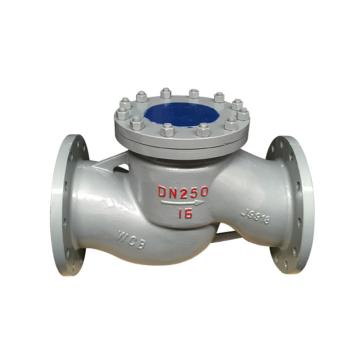rubber flex joint
Understanding Rubber Flex Joints An Essential Component in Modern Engineering
In the world of engineering, the importance of flexible components cannot be overstated, and one of the key players in this domain is the rubber flex joint. These joints, often overlooked, play a crucial role in ensuring the smooth operation and longevity of various mechanical systems.
A rubber flex joint is essentially a connective piece designed to accommodate movements and vibrations between two rigid components, such as pipes or ducts. As systems expand and contract due to temperature changes or mechanical forces, the flex joint allows for this movement without putting undue stress on the connected parts. This flexibility is essential in a variety of applications including plumbing, HVAC (heating, ventilation, and air conditioning), and even in automotive engineering.
One of the primary advantages of rubber flex joints is their ability to absorb shock and vibrations
. When machinery operates, it naturally generates vibrations that can propagate through rigid structures, potentially causing damage over time. By incorporating rubber flex joints, engineers can effectively dampen these vibrations, leading to quieter operation and reduced wear on machinery. This feature is particularly beneficial in industrial settings where heavy machinery is common, as it contributes to both safety and efficiency.Moreover, rubber flex joints are designed to handle misalignment that may occur in piping or other connected systems. In many installations, it is not uncommon for pipes to be slightly out of alignment due to construction tolerances or settling of the ground. Without a flexible joint, this misalignment can cause significant stress, leading to leaks, fatigue, or failure of the system. Rubber flex joints accommodate these discrepancies, ensuring continued performance and reliability.
rubber flex joint

Additionally, these joints are corrosion-resistant, which is vital for applications in environments containing various chemicals or in outdoor settings. Traditional metal joints may rust or corrode over time, leading to costly repairs and replacements. Rubber, on the other hand, can provide a durable and long-lasting solution that withstands harsh conditions without compromising the integrity of the system.
Installation of rubber flex joints is another area where they shine. They are relatively easy to install compared to fixed joints, requiring less time and labor, which can translate into cost savings for projects. Whether used in residential plumbing systems or in large-scale industrial applications, their versatility and ease of installation make them a preferred choice among engineers.
To maximize performance and longevity, it is essential to choose the right type of rubber flex joint for a specific application. Factors such as temperature, pressure, and the nature of fluids passing through the joints must all be considered. Proper selection ensures that the joints will perform effectively throughout their lifespan, reducing the likelihood of failure and the associated costs.
In conclusion, rubber flex joints are a vital component in many mechanical systems, providing flexibility, vibration dampening, and resistance to misalignment and corrosion. Their ease of installation and adaptability make them indispensable in various engineering applications, from simple plumbing to complex industrial systems. As technology continues to advance, the design and materials used in rubber flex joints will likely evolve, further enhancing their performance and versatility. Understanding their role is essential for anyone involved in engineering, construction, or maintenance of mechanical systems.
-
The Versatility of Ball Valves in Fluid Control SystemsNewsJun.10,2025
-
The Practical Benefits of Centerline Butterfly ValvesNewsJun.10,2025
-
The Benefits of Bellows Seal Globe Valves for Industrial SystemsNewsJun.10,2025
-
The Advantages of Offset Butterfly ValvesNewsJun.10,2025
-
Ductile Gate Valves: Strong, Reliable, and Essential for Every SystemNewsJun.10,2025
-
Cast Iron Gate Valves: A Reliable Solution for Every SystemNewsJun.10,2025
-
Why Choose a Brass Gate Valve for Superior Performance and DurabilityNewsMay.09,2025




